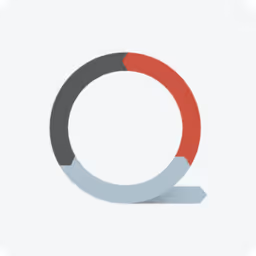Every marketing leader knows what gets measured gets managed.
The challenge is knowing what actually deserves to be measured.
Most brands rely on platform dashboards that prioritize attribution, not contribution. They optimize for ROAS in Ads Manager or CPA in Google, but those metrics only show what’s easy to measure, not what truly drives growth.
The solution is a marketing measurement framework that connects performance metrics to business impact, one that helps CMOs and CFOs speak the same language.
Why Most Measurement Fails
Traditional measurement frameworks are built around immediacy.
They track clicks, conversions, and short-term revenue. But modern media doesn’t work in straight lines.
- A TV ad builds brand recall that improves paid search performance months later.
- An influencer campaign increases branded search demand that boosts conversion efficiency.
Attribution models can’t see these connections, they only credit the last visible click.
When measurement ignores how channels interact, it undervalues awareness and overvalues what’s closest to the sale.
From Attribution to Contribution
A strong framework starts by shifting from who gets credit to what drives impact.
That means evaluating media through multiple lenses:
- Short-Term Metrics: ROAS, CPA, and revenue contribution
- Mid-Term Metrics: Incremental ROAS and attributed conversions
- Long-Term Metrics: Brand lift, aided awareness, and share of search
Each tier represents a different time horizon. Together, they tell a complete story; one that proves how brand investments fuel performance over time.
Three Layers of Measurement
The most effective brands track performance on three levels:
1. Channel Performance
This is your day-to-day optimization layer; where platforms, campaigns, and creatives are evaluated for efficiency.
- Metrics: ROAS, CTR, CPA, revenue contribution
- Time horizon: days to weeks
2. Incremental Impact
This middle layer answers the question “What sales did media actually add?” It’s where you test for lift, not just attribution.
- Metrics: Incremental ROAS, geo holdout results, conversion lift
- Time horizon: weeks to months
3. Brand Equity Growth
The top layer tracks what fuels future demand. This is where finance and marketing align on long-term value creation.
- Metrics: Brand lift, aided recall, share of search, branded traffic growth
- Time horizon: months to quarters
Each layer builds on the next; efficiency feeds testing, testing validates growth, and growth compounds efficiency.
Aligning CMOs and CFOs
Measurement isn’t just a reporting function. It’s a bridge between departments.
CFOs want to know how every dollar of marketing investment impacts future cash flow. CMOs want to show that impact without oversimplifying.
When both teams use a unified framework, conversations shift from “What’s our ROAS this week?” to “What’s our return profile across awareness, consideration, and conversion?”
That shared language turns marketing into a managed asset class, not an expense line.
Putting It into Practice
A practical framework doesn’t require new tools. It requires new thinking:
- Build clear KPI hierarchies that connect short-term optimization to long-term value.
- Combine platform data with incrementality testing and brand tracking studies.
- Report results by stage of the Awareness Engine — not just by platform.
When leadership sees how awareness and consideration investments lower CAC and strengthen brand equity, it becomes easier to protect budgets and plan for growth.
Takeaway
The brands that win aren’t the ones with the most data.
They’re the ones that interpret it through the right lens; measuring contribution, not just conversion.





